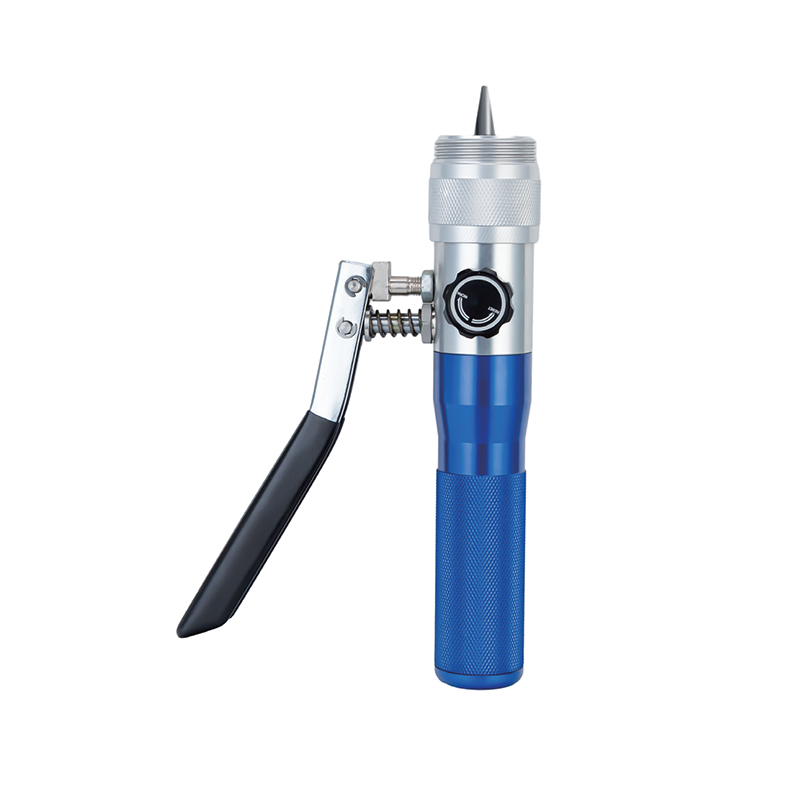 2025.08.15
2025.08.15
 Industry News
Industry News
The plumbing and construction sectors continue to explore tool advancements that make routine tasks more manageable and consistent. One area drawing attention is the improvement of tools designed to cut plumbing pipe across various materials such as PVC, copper, stainless steel, and PEX. These upgrades aim to enhance precision and reduce the effort required by professionals and maintenance personnel, especially when handling different types of pipe in confined or elevated locations.

Recent tool designs focus on portability and reliability. Among these tools, the Heavy Duty Cable Stripper has gained usage in applications beyond its original electrical focus. While primarily used for stripping insulation from thick-gauge cables, many professionals now include it in their toolkits for plumbing jobs, particularly in environments where cable routing runs alongside pipework. Its rugged build allows it to endure rough conditions commonly found in construction zones, making it a dual-function solution for technicians working on integrated systems.
Efficiency in the ability to cut plumbing pipe continues to depend heavily on blade configuration and ergonomic handling. New hand tools are now equipped with ratcheting mechanisms or rotating heads that accommodate varying diameters and wall thicknesses. These updates enable clean cuts without the need for excessive pressure or repeat passes. For those working with multilayered pipes or older installations, this means fewer interruptions and a smoother workflow.
The Heavy Duty Cable Stripper is increasingly engineered with replaceable blades and adjustable jaws, offering adaptability for wire sizes and even some smaller-diameter plastic tubes. In workspaces where plumbing and electrical systems intersect, one tool capable of addressing both requirements reduces the need to carry multiple devices. The design of the Heavy Duty Cable Stripper also allows it to handle insulation or protective sheaths often found near pipe enclosures.
Advancements in tool metallurgy and handle design also contribute to more consistent results when users cut plumbing pipe. Corrosion-resistant materials and non-slip grips support use in damp environments, such as under sinks or in basements. These features may seem minor but are impactful over time, especially for professionals who perform repeated tasks in awkward positions or during long service calls.
Combining electrical and plumbing functionalities in single tools is not uncommon anymore. As job sites become more compact and multifunctional roles grow in demand, tools like the Heavy Duty Cable Stripper are being re-evaluated for their broader usefulness. Though not traditionally marketed for plumbing, it is becoming evident that, with the right technique and adjustments, it can assist with certain aspects of pipe preparation and cable channeling, especially in modular systems.
For plumbing professionals, knowing how to cut plumbing pipe efficiently remains an essential skill. As materials evolve—especially with the increasing use of flexible piping and composite structures—tool compatibility must keep pace. This has prompted manufacturers to explore new alloy compositions, blade geometries, and pressure-control systems in hand tools. Portability and tool lifespan are often cited as important factors in field testing, further influencing design directions.
The blend of specific-use tools and crossover devices like the Heavy Duty Cable Stripper points to a growing trend in adaptable toolkits. For users working in both electrical and plumbing fields, recognizing the potential of such tools enhances their flexibility and reduces downtime. The ability to cut plumbing pipe accurately, paired with tools that can transition between tasks, supports productivity on diverse job sites without relying on bulkier equipment.